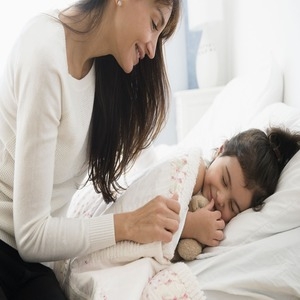Baby Projectors and Sleep Training: Enhancing Bedtime Routines for Better NightsPosted by Anne E.Tyner on November 7th, 2023  Sleep training can be a pivotal stage in a baby's development, teaching them the skills necessary to fall asleep independently and enjoy restful nights. Integrating a baby projector into this process can be a game-changer for many parents, offering a gentle and non-intrusive aid to establish healthy sleep habits. Here's an in-depth look at how baby projectors can be utilized in various sleep training methods, supported by expert opinions on their effectiveness. Understanding Sleep Training with Baby ProjectorsSleep training is a broad term that encompasses various strategies aimed at helping babies learn to self-soothe and sleep through the night. Baby projectors can play a supportive role in this process. These devices cast soft, moving images onto the ceiling or walls, providing a calming visual stimulus that can help babies wind down for the night. Expert Perspectives on Baby ProjectorsChild development specialists often emphasize the importance of a consistent bedtime routine for babies, and baby projectors can be seamlessly integrated into these routines. While the effectiveness of baby projectors will vary from one child to another, many sleep experts agree that when used correctly, they can contribute positively to a baby's sleep training regimen. The key is to ensure that the projector's effects are soothing, not stimulating, to promote relaxation and sleepiness. Strategies for Sleep Training Using Baby Projectors
Maximizing the Benefits of Baby Projectors in Sleep Training
Expert Tips for Introducing Baby Projectors
ConclusionBaby projectors can be a valuable addition to a sleep training strategy, offering visual and auditory cues that help signal to babies that it's time to sleep. When used thoughtfully and in moderation, they can contribute to a more peaceful bedtime routine and potentially more restful nights for both babies and parents. Remember, every child is unique, and what works for one may not work for another. It's important to be patient, consistent, and responsive to your baby's individual needs as you navigate the sleep training journey. Like it? Share it!More by this author |


